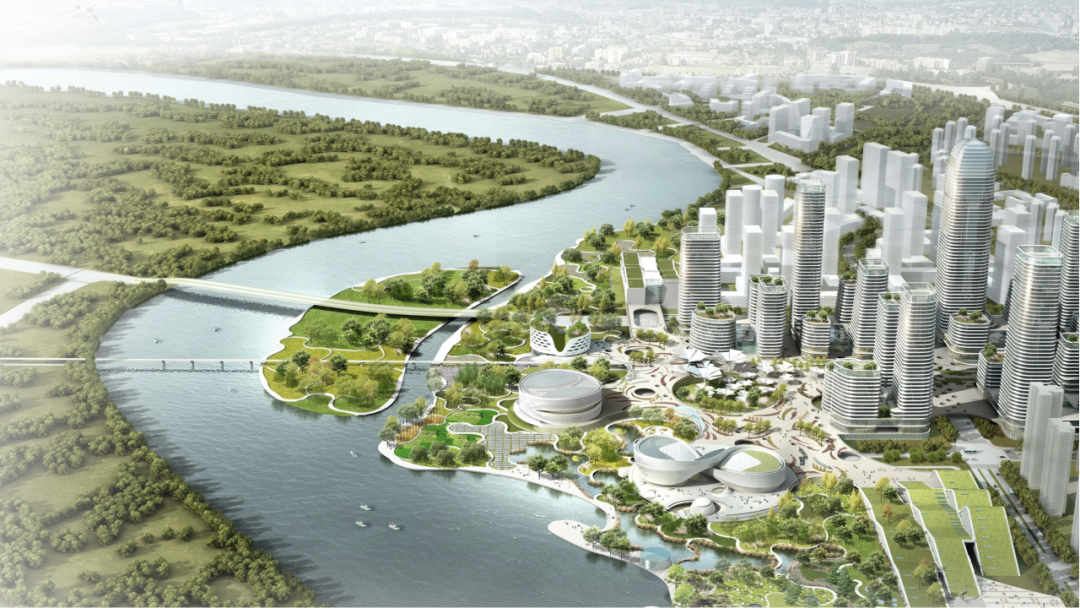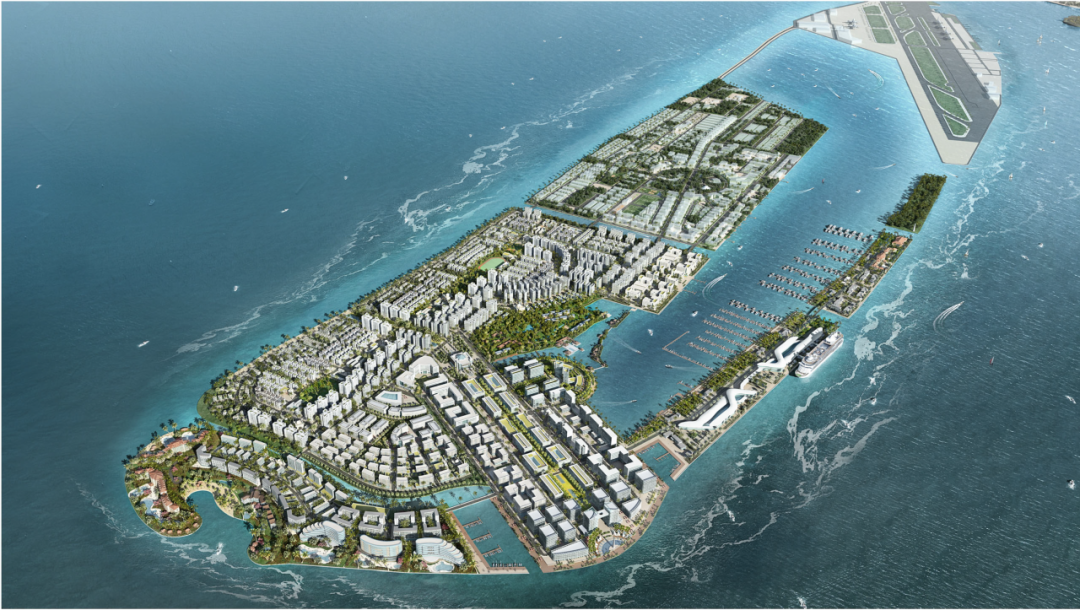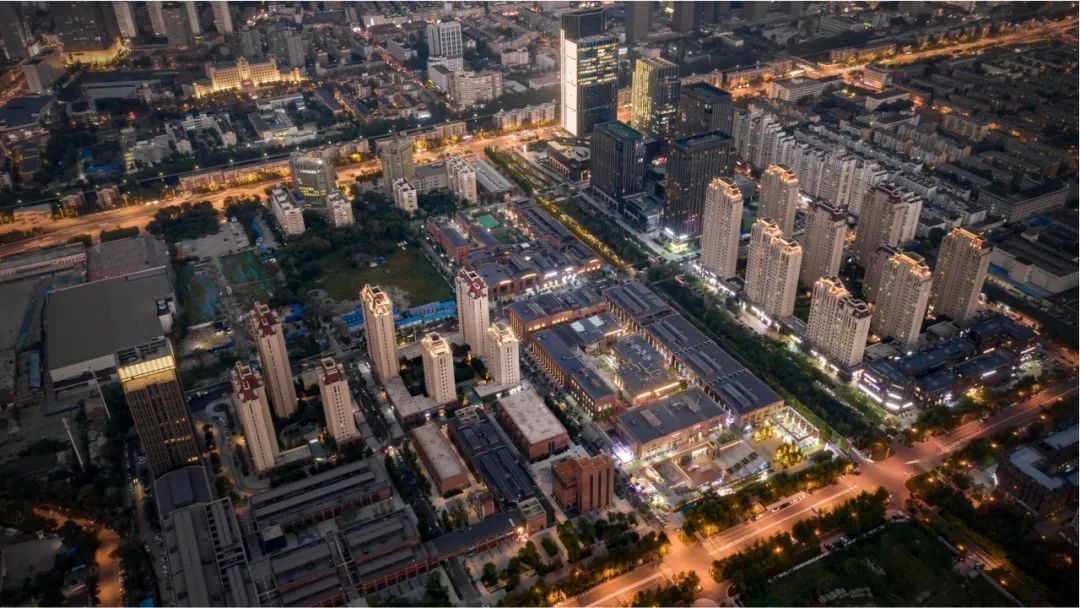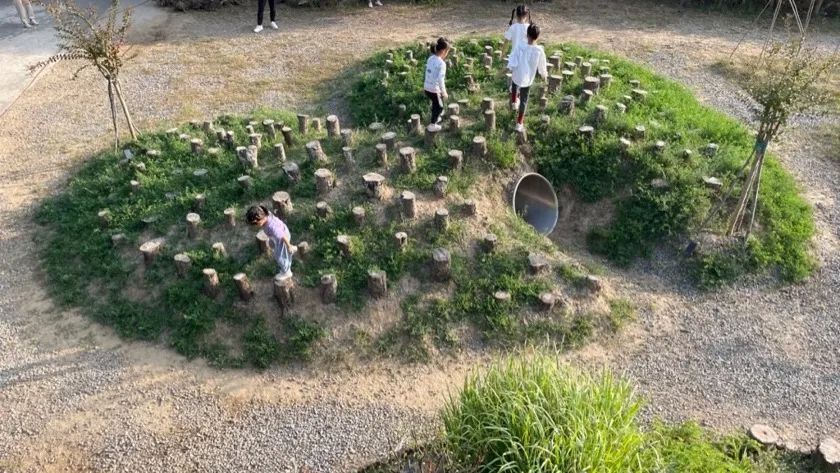Interview with Archiland: Resilient Urban Design is Not the End Goal; Human Needs Remain at the Core
)

Olivier Vignes (Chief Architect of ARCHILAND) brings nearly 20 years of professional experience in both Europe and Asia, with a rich theoretical background in architectural design. His approach is meticulous, advocating for environmentally-friendly practices, and he has accumulated practical experience in leading diverse teams across different domains. Therefore, Olivier's insights on enhancing resilience at the urban level are not just theoretical but are grounded in the valuable experiences gained from numerous project implementations.

Plan for the new capital of Male, Maldives

Sino-Singapore Eco-City Core Area Planning
How to Build Resilient Cities?
In today's world, with the increasing impact of global climate change, frequent natural disasters, and the emergence of other potential crises, enhancing urban resilience at various levels has become a top priority for global cities to protect their residents. Olivier Vignes believes that to create truly resilient cities, forward-thinking, systematic, and integrated approaches are required in all aspects of urban planning and management.
Establishing resilience involves a comprehensive effort from the entire society. One key aspect is to promote interdisciplinary collaboration among government agencies, businesses, non-profit organizations, academia, and communities. Through knowledge sharing, professional complementarity, and resource integration, cities can formulate comprehensive adaptive strategies, taking into account the interconnections between different urban systems. For example, the Singapore government has effectively utilized the BID model in promoting resilient city construction for place-making.
How to Approach Resilience in Architectural Design?
In Olivier's perspective, the composition of a city is a layered matrix, not a single plane. In this complex system containing various subsystems, interdisciplinary planning and design are crucial means to navigate the constantly changing organic entity of a city during crises.
Building disaster-resistant resilience is not only about protecting urban properties and infrastructure from destruction but also an opportunity to improve communities, achieve multiple benefits, and enhance the quality of life. Through adaptive retrofitting, restoring degraded ecosystems, and strengthening the functionality of public spaces, it is crucial to consider infrastructure, public areas, and buildings comprehensively and systematically. Adopting a flexible, low-carbon, and eco-friendly approach, considering environmental impacts, and focusing on long-term resilience are essential. For instance, the resilience principles (water environment) applied during the development of the new Badaling project maximize the harmony between buildings and the environment.
Regarding specific strategies, Olivier emphasizes the necessity of flexibility and redundancy in infrastructure. Resilience in infrastructure is reflected in the ability to continue basic services even when some parts malfunction. Taking the transportation system as an example, a reliable and diversified transportation system can alleviate the negative impacts of interruptions, ensuring traffic mobility during crises. Public transportation, bicycle infrastructure, and pedestrian networks contribute to forming a resilient transportation system. Building grids with microgrids and renewable energy sources in the energy sector also enable backup solutions.
A resilient city should be proactive, employing various methods to address different types of disasters and ensuring preparedness for various challenges. Fundamentally, a resilient city is like a powerful and flexible urban organism that, even in the face of significant destruction, can recover and continue to function. Resilience is not just about bouncing back; it also involves learning from experience and improving future strategies to better cope with similar challenges, even more effectively than before.

Urban Renewal of Tianjin Tractor Factory Land
Respecting Humanity is the Key of Resilience
Jane Jacobs once said, 'A city is not a machine, nor is it a work of art; it is a way of life.' Since life is created by people, the core of urban planning must always be closely connected to human needs. Olivier consistently emphasizes that urban planning should be people-centric, stating, 'By providing public open spaces, improving social services, disaster preparedness, and community inclusiveness, we can enhance residents' quality of life and their ability to respond to crises.' It is evident that offering people-centric, adaptive urban strategies that address systemic interconnections is crucial for navigating this ever-changing world and building a sustainable future.
Resilient urban planning requires deeply integrating people with urban systems through long-term, flexible approaches, enabling cities to enhance adaptability and actively confront evolving risks. Enhancing urban livability is paramount in any adaptive urban design. Key points include providing extensive public open spaces and green areas, making streets attractive social places by introducing new low-carbon modes of transportation. Green networks not only form the framework for urban resilience but also serve as spaces for physical and mental healing, as well as promoting biodiversity in the city.
From the perspective of social equity and social services, ensuring that vulnerable populations have access to resources and support, well-equipped healthcare facilities, and a robust social support system is essential. Simultaneously, conducting education activities on urban resilience helps residents understand sustainable lifestyles and future challenges. Additionally, protecting cultural heritage contributes to fostering community identity and urban belonging, enhancing psychological well-being and community cohesion.
Educating people on sustainable knowledge and habits is crucial for instilling resilient urban values.

Although people's needs may vary across different cultural backgrounds, Olivier believes that principles such as enhancing public services, improving infrastructure, ensuring social equity, and fostering community cohesion have universal value. Elevating urban resilience remains a global common goal. Therefore, for the planning of resilient cities to be effectively implemented in various cultural regions, localized strategies need to be devised. These strategies should seamlessly integrate with local communities, creating an environment that harmonizes with the genuine needs of nature and people.
Interview with Olivier Vignes
How do you define a resilient city? What specific attributes should resilient cities possess?
Resilient cities are those capable of anticipating various unforeseen events and responding, adapting, and recovering swiftly. Achieving urban resilience requires a harmonious combination of three key attributes. First, mitigation to alleviate the impacts that cities might face daily or due to natural disasters, such as adopting low-carbon policies, shifting from fossil fuels to renewable energy, and enhancing carbon sequestration through afforestation. Secondly, there's a need for increased adaptability to withstand the effects of climate change, extreme weather, and natural disasters. This involves leveraging both natural and artificial shading to reduce the urban heat island effect and adjusting response strategies when necessary.
In addition to mitigation and adaptation, resilience also demands the transformative capacity of cities, maintaining a flexible and robust urban organism capable of iterative development. Urban resilience should translate into positive impacts on people's lives, creating employment opportunities, improving social infrastructure, establishing delightful public spaces, and building ecologically vibrant community bonds.
In the current scenario of frequent global climate extremes, what specific measures can cities take to adapt to climate change?
Integrating climate adaptability throughout the entire design process, from conception to implementation and operation, considering the interdependence of various systems (such as energy, water resources, and transportation) and how they are affected by climate change. Flexible architectural designs that can adapt to changing needs and uncertainties, including modular designs, adaptable spaces, and building layouts. Implementing natural solutions like park green corridors, urban farms, rooftop gardens, and permeable paving for rainwater management, mitigating the urban heat island effect, and enhancing urban natural beauty. Strengthening infrastructure and using disaster-resistant materials in construction can reduce flood losses.
In flood-prone areas, designing buildings and infrastructure above anticipated flood levels to prevent damage from future sea-level rise and extreme weather events. Choosing weather-resistant and disaster-resistant materials, including durable materials that withstand temperature changes, humidity, and other impacts. Utilizing high-efficiency technologies to reduce carbon emissions and building energy needs, designing water-saving systems to ensure sustainable water use. Considering the potential impact of climate change on the lifespan of infrastructure and buildings, developing maintenance plans, and implementing monitoring systems to track the performance of climate adaptability features.
What challenges do you foresee in creating resilient cities for the future?
Establishing resilient cities requires a global mindset, integrative thinking, and a strategic vision. Employing flexible urban planning to adapt to evolving conditions rather than static designs. Resilient planning can help cities anticipate diverse potential climate futures and be prepared. In the long run, sustainable ecological design is crucial for cities to adapt to climate change effectively.
How do you consider human needs in the planning of resilient cities?
Human needs are at the core of adaptive urban planning. From infrastructure, transportation, and housing to social services and the natural environment, these interact and span different urban spatial scales to enhance synergies, utilizing a variety of choices to improve urban livability. Resilient city design is not an endpoint or a singular component; it is a vital tool for advancing ecological urbanism that permeates the entire process of urban development.

